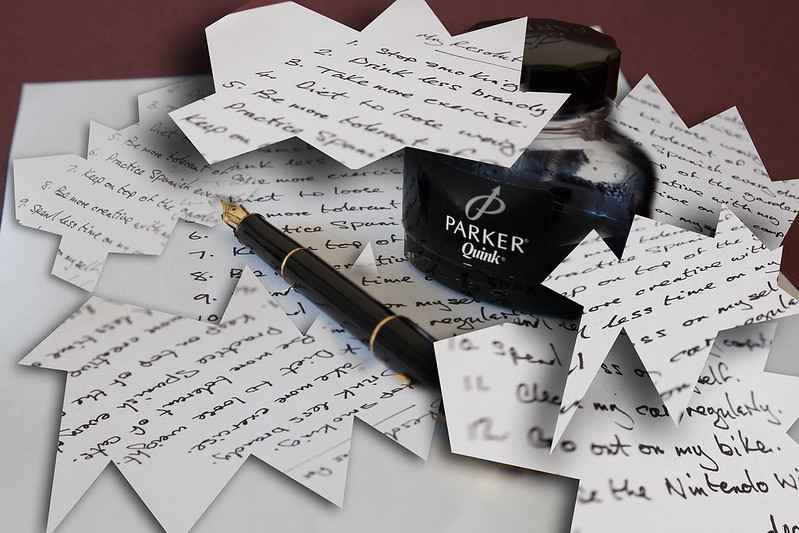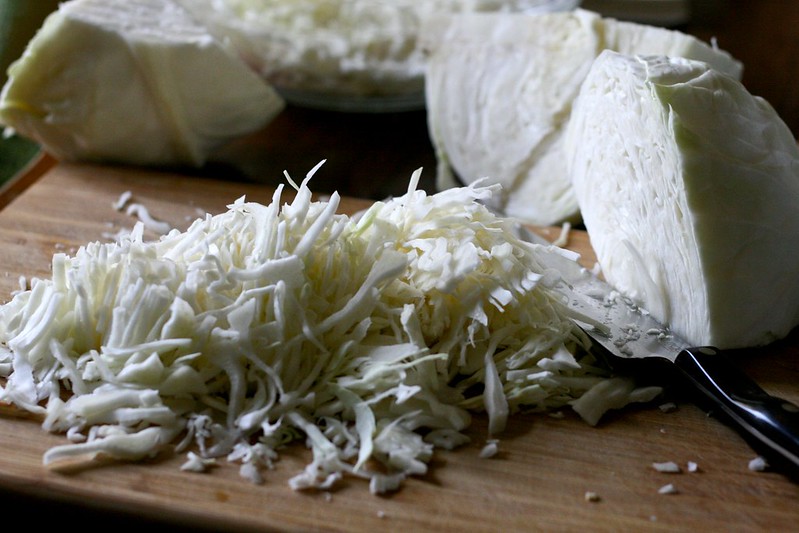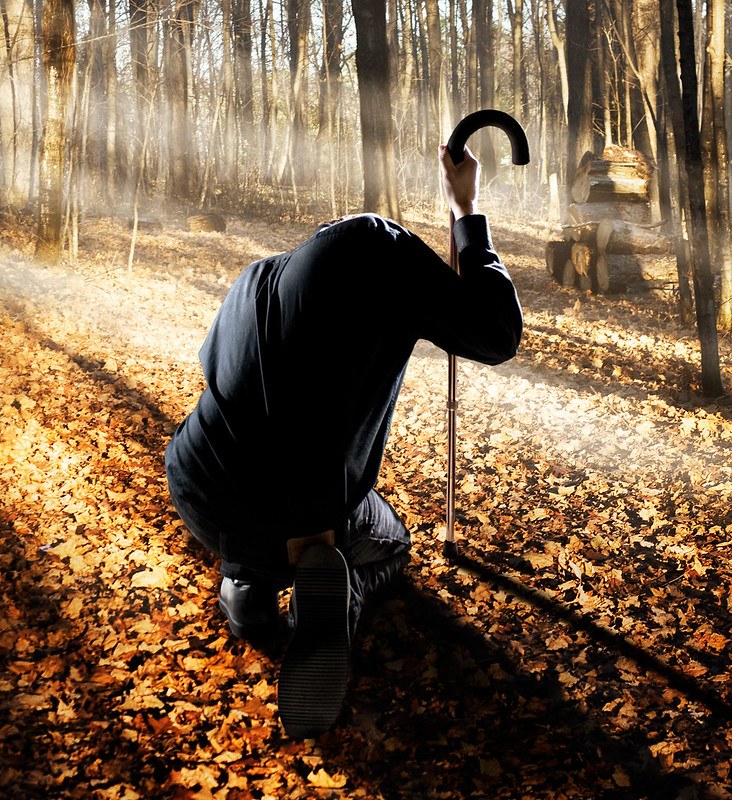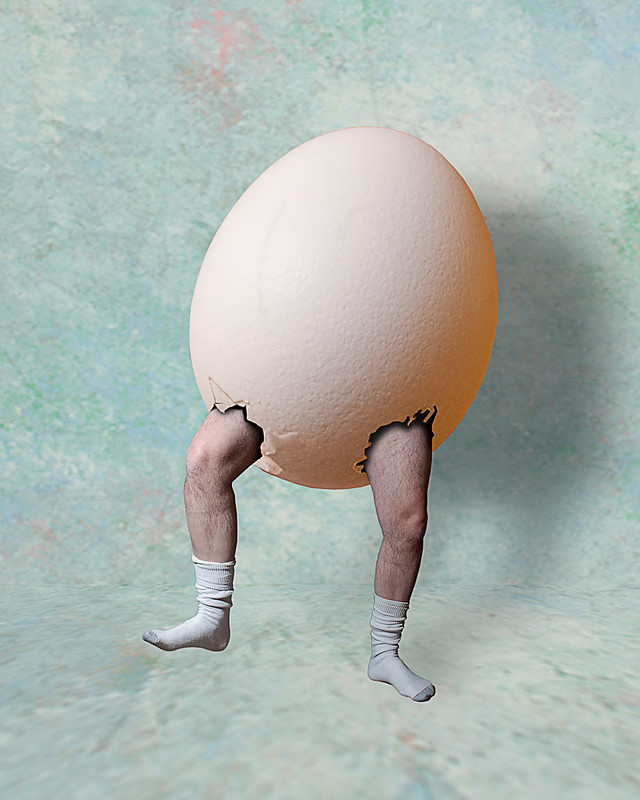
MAKE ROOM FOR CHANGE (Another IPS)
New year, new start, new plan, but same old you. Ai-yah! It’s the perennial conundrum that!
At the start of every new year, it’s “traditional” for those of us who follow the 365-day Gregorian calendar to make some sort of list of resolutions at the start of the new year. Many of us do.
We start the process by reviewing our actions and our lives over the past year.
Self-flagellation ensues. Some of us pull out special whips for the occasion. (Most of the rest of us use wet spaghetti noodles to beat ourselves up, I think, but some folks get really serious with it and go S&M on themselves. Ouch!)
WHAT USUALLY RESULTS WHEN YOU MAKE NEW YEAR RESOLUTIONS
In any case, we take the Polar Plunge, driving ourselves into the freezing-cold waters of the self-judgmental seas of You-Ain’t-Enough. Our Inner Critics have a field day.

We make up special to-do lists of outrageously ambitious, overblown goals that target our awfullest “faults” that we are determined we should obliterate once and for all, or we aim to acquire esoteric skills we say we should absolutely have.

And, for at least 80 percent of us who do this dance, the Smarty Pants in the white lab coats say, our latest new year plan somehow dies a quiet death within a couple of weeks of its inception. Again.

ANOTHER TAKE ON NEW YEAR RESOLUTIONS
One of the gentlest and most insightful looks at this annual phenomenon is this “Ask a Psychologist” YouTube video uploaded by founder Dr. Elliott Carthy in 2021. It is called “Watch This Before Making Any New Years Resolutions.”
In his notes that accompany the video, the good doctor says, “I have no training in making resolutions as part of being a psychiatrist, but there are some really interesting parts of my training that have translated to more broad goal setting in my life.”
Then he explains about a thing called “meaningful reflective practice.” What this training does, he says, is help the practitioner focus on better understanding their own self and what works in their life instead of the more usual focusing on other people’s expectations of them.
SOME KINDS OF GOAL-SETTING MAY BE LIKE DOING THOSE STUPID OUTLINES BEFORE YOU ACTUALLY START TO WRITE…
Carthy’s little explanation of the meaningful reflective practice reminds me of my earliest lessons in writing essays.
It occurred to me that all of my English writing teachers started out by trying to get me to write an outline, laying out all the points to be covered in a piece, and then writing the thing.
I suck at outlines. I don’t know what I think before I get it down on paper. I have to play with all the potential ideas and likely-looking concepts first.

Essays became my favorite way of arguing. Nobody could talk back and distract me with other interesting concepts or get me so riled-up that I start spluttering.
Eventually I got so good at it that I could write the piece and put together the outline at the same time.
I have noticed, though, that writing’s a lot more fun since I tossed the outline thing into the cylindrical file.
ONE MORE LESSON = ANOTHER INNER PEACE SYMPTOM

ANOTHER IPS (Inner Peace Symptom): an understanding that your life is your very own story and it all begins and moves and ends with you. [The only thing you can change in the story is you. The rest comes along after that.]
Hmmm….
SO, HOW DOES A LIFE-STORY WORK?
The thing about your life-story is this: it runs through your head all the time, every moment of your life. Whatever you tell yourself about your life, you need to be aware that all the thoughts you’ve ever thought about it, keeps cycling through over and over.
It’s how you make sense of this very big and confusing old world all us humans are creating together with Life Its Own Self. It’s like you are standing there watching the world unfolding all around you and you keep saying, “See, see! I’m right! This is how it is!”

The story that keeps repeating in your head is so familiar that it is likely that you don’t even know what you are actually telling yourself. (Fish don’t notice that they are swimming in water, you know. The water is just there.)
Many times the story in your head keeps you doing the same old stuff over and over again. Those thoughts keep you repeating the same old stuff you always do. Usually you keep on getting the same old results you’ve always gotten.
Sometimes this is good. Sometimes not so much.

WHY WE DON’T REALLY WANNA CHANGE ANYTHING
The only way to get yourself to do different is to start telling yourself a different story. At least, that’s what all the wise guys down through the ages keep telling us.
However, if you actually try to do that, you may find that you really do seriously consider your life-story to be like your life’s blood. You may not be so yipsy about interrupting or changing its regular flow.
After all, to stop or divert the blood flowing through you by yourself, you have to do something drastic. And that’s why, despite all the urgent motivational talking about it and all the rah-rah-rah, for most people committing life-story hara kiri is actually not a popular option.
BECOMING THE CHANGE YOU WANT TO SEE IS HARD
It isn’t easy to change the story in your head. It takes a heck of a lot of effort to move your life around to accommodate any kind of change in your story because everything around you in the life you’ve made so far can be a major thing that anchors you to your old story.

You have to make room in your life for even a little change because any change in your story is probably going to displace something that’s already in your life. Who wants to CHOOSE to do that kind of hassle? Haven’t we got enough to do already?


SO WHAT CAN WE DO ABOUT THAT?
Veteran coach and management consultant David Allen has a whole system that you can use to manage your actions and tackle the conundrum of personal productivity. You may want to take a look at his book, GETTING IT DONE: The Art of Stress-Free Productivity.
His later work, READY FOR ANYTHING: 52 Productivity Principles for Getting Things Done, is also a good one and a lot less intimidating.
Using Allen’s strategies can help you figure out how to set up systems that allow you to stay on top of all of the everything coming at you, especially during times of severe stress.
Click the button below to explore the GTD website.
Allen’s work and the massive numbers of people who have gotten good results by following his method do make a case for the concept that managing your actions well can help you reach a point where you can get yourself out of the overwhelm threatening to engulf you.
- You can use it to clear the space around you so you can see where you are standing and what is all around you.
- It can even help you figure out which of the available options and actions you can choose will help you start to make some needed changes in the old same-old story that keeps running in your head.
- It can make room in your head to go figure out your new story.

FIELD NOTES
I actually immersed myself in the GTD thing for a time. Getting through deconstructing, dissecting, reframing and reconstructing the various aspects of the actions I was making in my life using the methods Allen delineates took me at least five years of concentrated effort.
I maintained the thing for quite a while after that. I still fall back into patterns I formed then when things get hairy. The GTD system helped me enormously when I got serious about changing my own life story.

GTD was one of many systems and aids that I tapped, trying to answer the question, “So, who is just-Netta NOW?”

It worked because it suited my way of walking. It worked because I already had space in my life so I could actually set aside time to practice it with the kind of intense focus that is needed to make anything of this sort work.
The system does take a lot of time and it does take a lot of effort. As usual, half-assed effort and trying to short-time it do not work so well. You do have to put your whole butt into it.
Every system is a series of routines strung together so that they all work effectively and well. Open-ended ones like the GTD method can help you shape your world.
AND A METAPHOR
It seems to me that playing in a brand-new-to-you system feels like moving into an older, fixer-upper house. Some parts of it will work for you, other parts need to be worked around and still others leave you cold or just have to go.
If you bang away at it, move walls around, give the thing your own kind of styling and do a bunch of living in it, the old house can become home.
And that can be a very good thing.

AGAIN
Over and over again I am shown that I do not control
The way the world dances and flows onward.
I can only do what I can do.
Nothing more, nothing less.
One more time I am shown that I am a helpless leaf
Fallen into some burbling stream, moving on to I don’t know.
I can only stand empty.
Nothing more, nothing less.
Waiting and trusting that the Tao will flow as it flows
And clarity will come one fine day when I do not expect it.
I can only keep on trying.
Nothing more, nothing less.
By Netta Kanoho
HEADER PHOTO CREDIT: “Old Friends” by Jenny Tañedo via Flickr [CC BY-NC-ND 2.0]
……
SOME OTHER POSTS TO EXPLORE
(Click on each of the post titles below and see where it takes you…)
……
Thanks for your visit. I’d appreciate it if you would drop a note or comment below and tell me your thoughts.
12 thoughts on “MAKE ROOM FOR CHANGE (Another IPS)”
Hello! Very thought-provoking piece!
I like that I usually have a day off on January 1 each year. It feels like a natural time to reflect on how the past year went and to set new goals for the coming year. I have come to recognize that even if I don’t reach every goal on my list, I do gain momentum towards becoming more of who I want to be.
You made some interesting points and shared some helpful resources that I’m going to read, including more on GTD. Thanks!
Aly, you’re right that the best thing about setting new goals for the coming year is that, at the very least, you’ll be more inclined to take more steps forward towards your dream.
Making small and effective moves every day towards some goal or other does create a sense of forward movement that is invaluable, especially when you hit a slump and start feeling like you are getting nowhere.
Then you can pull out your travel log and point out to that gnarly Inner Critic that’s always lurking about that, hey, you’re working on it.
Sometimes you may even surprise yourself when you see the progress you’ve made. (That’s the best part!)
Please do come again.
Thank you for that interesting read. I especially resonate with the quote “It is very easy to keep doing the same-old and most of us won’t change our stories much unless there is some big life-event that forces us to do different.”
I have found on myself that I can actually change myself without “big-life event” but I definitely needed to see that yearly procrastination. Once you see that perspective, I even got to increase my so-called “yearly resolutions” to a full year, and not just something that end within two weeks.
Absolutely loved the read! Thanks.
You are most welcome, Alex. Thanks for the visit and for sharing your thoughts.
Please do come again.
This is a very interesting topic that you have wrote and I feel that it’s true, making room for change, only happens within YOU! This can be given to you unexpectedly, or you can take action yourself and make small changes. (But maybe not right around New Years like many people do).Very interesting poem as well. I like it.
Jeremy, thanks for the visit and for sharing your thoughts. I do appreciate it.
Do come again.
I found that reading your article was a very nice way to start my day. I am retired so my schedule is my own. I could take time reading. I am not looking so much now to make changes in my life, but to do things that are important to me more mindfully.
Now, rather than having to push to fit things I want into life, I make life fit into what I am doing. To me, this means not being impatience at a long grocery line, but enjoying being with people. It means not getting upset with someone who is impatient with me, but offering a smile and not offering negative engagement.
The line in the poem is “I can only do what I can do.” This is very true, but I try to do what I can do on my terms now.
Jim
Jim, I love that last line of yours “…I try to do what I can do on my terms now.”
To me, at least, that IS the whole point of this Life-I’m-Living exercise. Doing it your way has its own rewards, I say.
Thanks for the visit and for sharing your thoughts.
Please do come again.
This post is so true. We all tend to make ridiculous and unachievable new years resolutions and goals, when in actual fact we need to be setting achievable goals throughout the year and steadily building good habits one at a time rather than trying to do it all at once. You hit the nail on the head when you say that we don’t want to be different, and that is why change is so difficult.
Loved your illustrations that fitted the post so well and especially the little chameleon with his eyes closed shutting out the world.
Thanks for the visit and for sharing your thoughts, Michel. I do appreciate it.
Please do come again.
I really love this subject and have enjoyed reading your post.
It is true that changing is very hard, we usually take new year’s resolutions to better something in us but bad habits die hard, unfortunately.
Personally, one thing that helped me achieve some changes (not always successful). It is to know why you want to make that change, and how will that change impact your life. Once I am certain that it is something that I am doing not because someone else did, or because it is a trend, I will commit myself to change.
I think when we know it will benefit us and that we really want that benefit, well committing to the change becomes much easier.
Thanks
Thanks for your visit and for sharing your thoughts, Adyns68. I’m so glad the post resonated with you.
Please do come again.